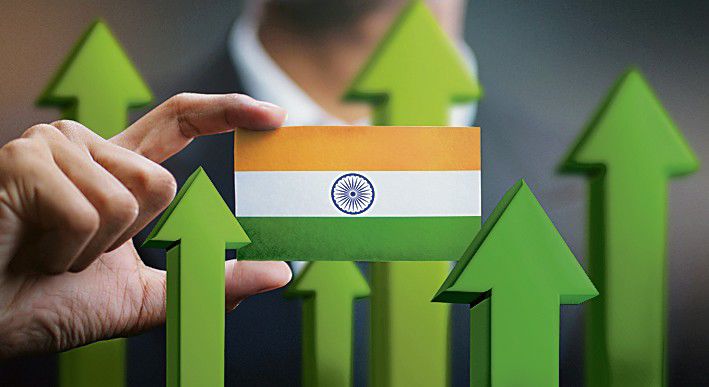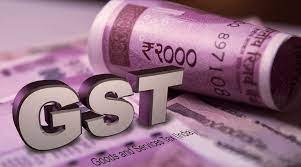India’s growth estimate for the next fiscal year is raised to 6.8% by S&P Ratings
S&P Global Ratings upgraded its prediction for India’s growth to 6.8% for the next fiscal year on Tuesday, but noted that high interest rates might impede the country’s economic expansion.

It is projected that the Indian economy grew by 7.6% during the current fiscal year. Based on strong domestic momentum, the US-based organisation predicted in November of last year that India’s growth will be 6.4% in the 2024–25 fiscal year. In its Economic Outlook for the Asia Pacific, S&P said, “We generally project robust growth for Asian emerging market economies, with India, Indonesia, the Philippines, and Vietnam in the lead.”
According to S&P, the effect of rising interest rates and inflation on household purchasing power hindered sequential GDP growth in the second half of the year in countries that are primarily driven by domestic demand, including Australia, Japan, and India.
According to S&P, “we expect India’s real GDP growth to moderate to 6.8% in fiscal year 2025 (ending March 2025)”. Next year’s budget will probably see a decline in demand due to restrictive interest rates, and credit growth will be impacted by regulations aimed at curbing unsecured lending. It also said that growth would be slowed by a smaller budget deficit.
“We generally see solid domestic demand growth and a pick-up in exports to drive robust growth, with India, Indonesia, the Philippines, and Vietnam in the lead,” S&P said, “even though we expect a mild slowdown in Asian EM economies.” It said that as high real policy rates would stifle demand, the argument for rate reductions is expected to become stronger. — PTI
praises the RBI for its stringent measures
On Tuesday, S&P Global Ratings said that the RBI was demonstrating a sincere commitment to enhancing the sector’s transparency and governance.
The RBI’s latest actions will protect consumers, improve compliance culture, and rein in overly enthusiastic lenders, but the cost of capital for institutions will go up.







